What Is Elfin Thyme: Information On Elfin Creeping Thyme Plant
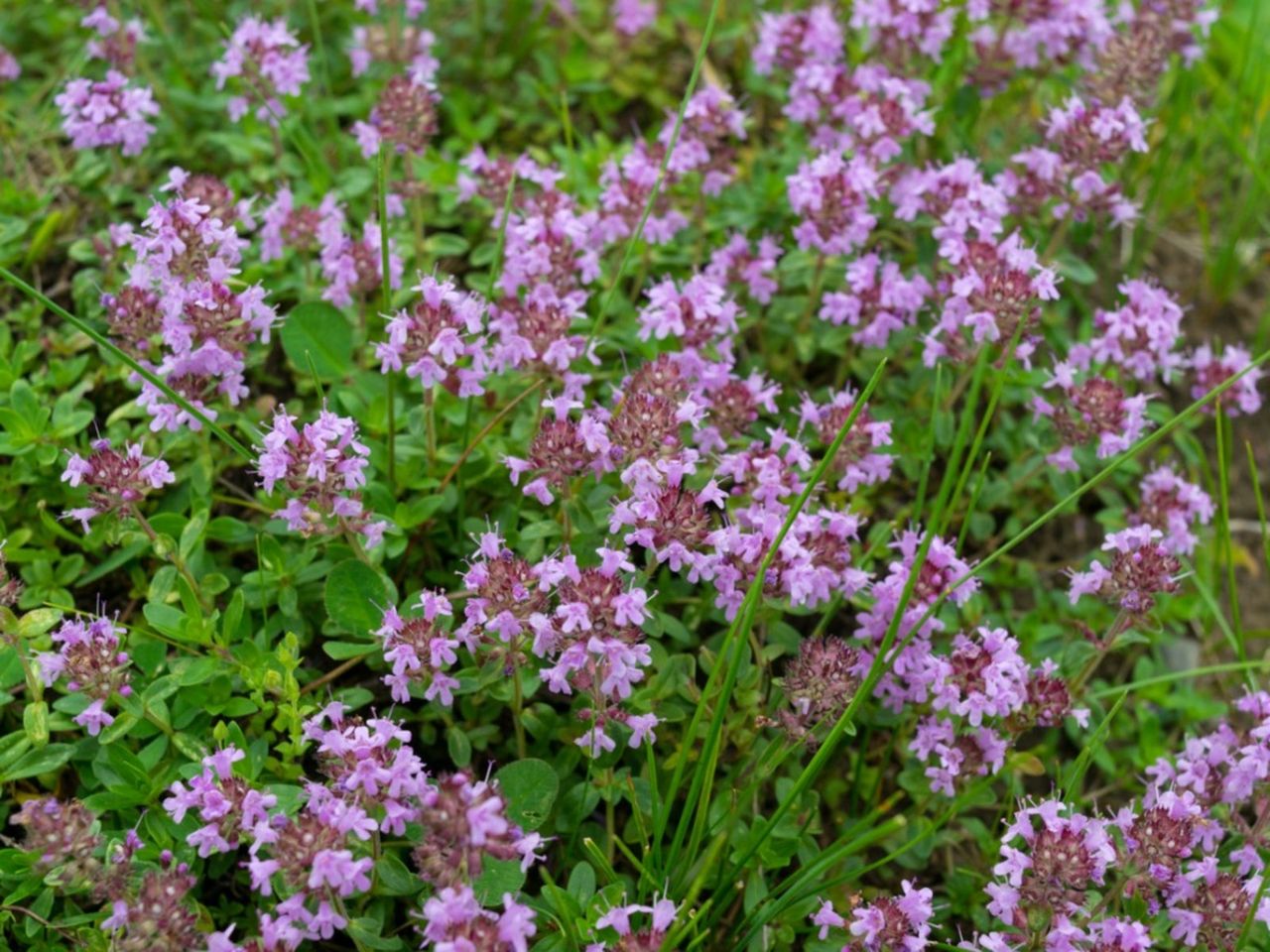
Elfin creeping thyme plant is as cherubic as its name implies, with small glossy, green aromatic leaves and teeny weensy purple or pink blossoms. Keep reading for information on elfin thyme care.
What is Elfin Thyme?
This nugget of information does not completely answer the question of, “What is elfin thyme?” Elfin creeping thyme plant (Thymus serpyllum) is a low growing, one to two inches (2.5-5 cm.) tall herbaceous perennial sub shrub with a dense mounding habit. In cold climates, this little herb is deciduous, while in milder regions, the plant will retain its foliage year round. Flowers are borne upon the fragrant green to grayish blue foliage in summer and are extremely attractive to bees. Native to Europe, this little creeping variety of thyme is not only drought and heat tolerant, but deer and rabbit resistant, making it a lovely option for a natural garden landscape.
How Do I Plant Elfin Thyme?
The slightly fuzzy or haired foliage of a growing elfin thyme works well among stepping stones, trailing through a rock garden and even as a forgiving substitute for grassy lawns. These little guys are adaptable to foot traffic, even fairly heavy foot traffic, and continue to spread while being tromped on, filling the air with their heavenly scent. Growing elfin thyme is hardy to USDA hardiness zone 4 and should be planted in full sun and well draining soil, although it will also adapt to shadier areas. Shaded areas of growing elfin thyme will tend to clump more while sun exposure encourages the thyme to become more of a ground cover, spreading to a width of about 4 to 8 inches (10 to 20 cm.). When growing elfin thyme, the plants require at least five hours of sun per day and should be spaced 6 inches (15 cm.) apart.
Elfin Thyme Care
The care of elfin thyme isn't complicated. These hardy and forgiving herbs adapt to a variety of climatic and environmental conditions, even able to survive cold winter weather and sustained frost. Needing no fertilization or frequent watering and with an ability to withstand both hot, dry conditions or chilly weather, elfin creeping thyme plant is often a prized selection for xeriscaping, a landscaping plan that requires no irrigation. Although the leaves are flavorful and aromatic, the tiny 1/8 to 3/8 inch (3 to 9 mm.) leaves are rather a pain to pick, so most people use other varieties of common thyme for their culinary herb uses and allow elfin thyme to play the role of an ornamental.
Gardening tips, videos, info and more delivered right to your inbox!
Sign up for the Gardening Know How newsletter today and receive a free download of our DIY eBook "Bring Your Garden Indoors: 13 DIY Projects For Fall And Winter".

Amy Grant has been gardening for 30 years and writing for 15. A professional chef and caterer, Amy's area of expertise is culinary gardening.
-
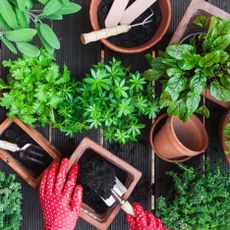 What Are The Easiest Herbs To Grow From Seed? 8 Beginner-Friendly Edibles Anyone Can Grow
What Are The Easiest Herbs To Grow From Seed? 8 Beginner-Friendly Edibles Anyone Can GrowA dedicated mixed herb bed or container arrangement is a mainstay of the edible garden, but which are the easiest herbs to grow from seed? We reveal the best for beginners
By Bonnie L. Grant
-
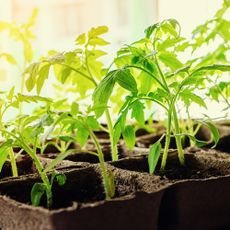 How Much Light Do Seedlings Really Need? And When To Use Grow Lights
How Much Light Do Seedlings Really Need? And When To Use Grow LightsYoung plants need lots of light to grow, but when started indoors, natural isn't always best. Learn seedling light requirements – and when to give them a boost.
By Teo Spengler
-
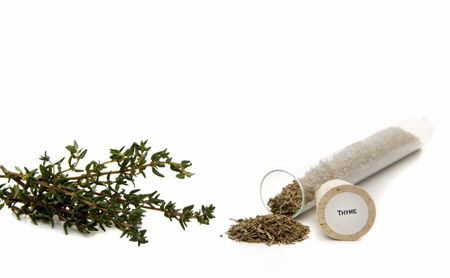 Propagating Thyme Plants: Thyme Seed Planting And Rooting Thyme Plants
Propagating Thyme Plants: Thyme Seed Planting And Rooting Thyme PlantsThyme is an herb steeped in history with a wide range of uses, not the least of which is culinary. With such a plethora of applications, it is a "must have" for the herb garden. So then, how to propagate thyme you ask? Find out here.
By Amy Grant
-
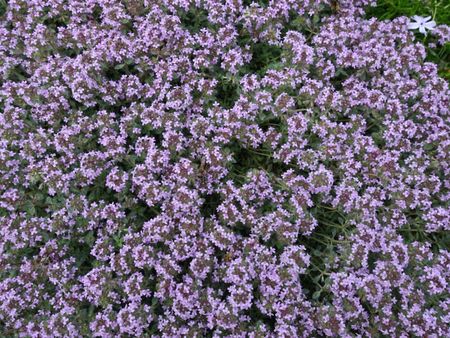 Growing Woolly Thyme: Information On Woolly Thyme Ground Cover
Growing Woolly Thyme: Information On Woolly Thyme Ground CoverThere are plants you just want to touch and woolly thyme plants are just one of them. Growing and caring for this herb plant is easy. Read this article for information on how to grow woolly thyme.
By Bonnie L. Grant
-
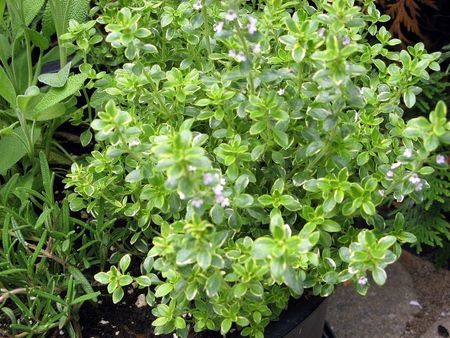 Lemon Thyme Herbs: How To Grow Lemon Thyme Plants
Lemon Thyme Herbs: How To Grow Lemon Thyme PlantsLemon thyme plants are a lovely addition to an herb garden, rock garden or border or as container plants. Grown not only for its culinary uses but for its attractive foliage, lemon thyme info can be found here.
By Amy Grant
-
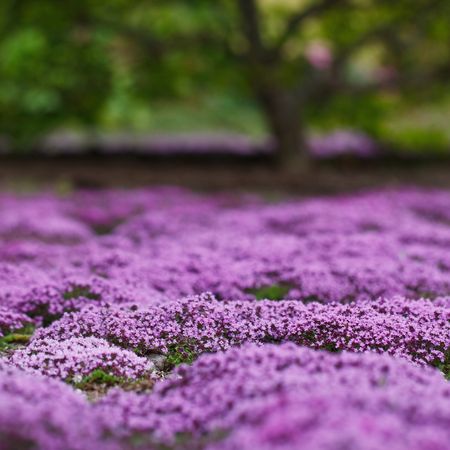 Creeping Thyme Growing Guide – Everything You Need To Know
Creeping Thyme Growing Guide – Everything You Need To KnowCreeping thyme makes a pretty and fragrant ground cover carpet, as well as a great spiller in pots. It likes a little grit in the soil and is easy to grow.
By Amy Grant
-
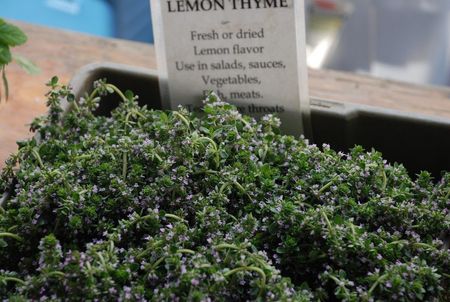 Types Of Thyme Plants: Varieties Of Thyme For The Garden
Types Of Thyme Plants: Varieties Of Thyme For The GardenBy Amy Grant
-
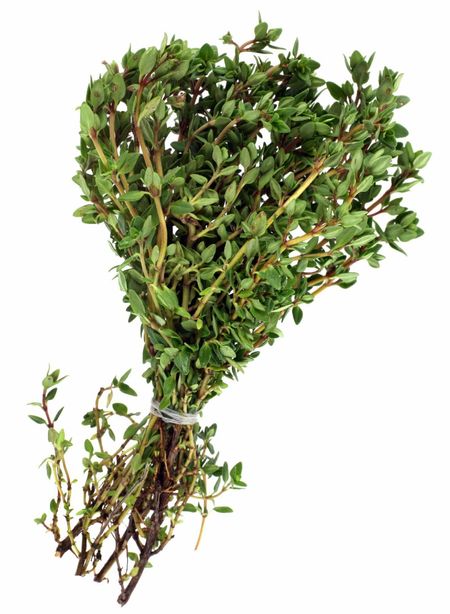 Storing Thyme - Drying Fresh Thyme After Harvesting
Storing Thyme - Drying Fresh Thyme After HarvestingThyme is one of the most versatile herbs, with various cultivars and flavors. Knowing how to dry thyme can help you preserve the delightful scent and flavor of this herb for easy home use. Click here for more.
By Bonnie L. Grant
-
 Growing Thyme Indoors: How To Grow Thyme Indoors
Growing Thyme Indoors: How To Grow Thyme IndoorsWhat could be better than having the scents and flavors near to hand in the kitchen? Thyme is a useful herb that can be used in a variety of ways. Growing thyme indoors is easy, and this article will help.
By Bonnie L. Grant
-
 Tips For Pruning Thyme Plants For Best Growth
Tips For Pruning Thyme Plants For Best GrowthThyme plants do best when they are pruned regularly. Taking the time to trim thyme, not only creates a nicer looking plant, but also helps improve the amount you can harvest from the plant. Learn more here.
By Heather Rhoades
